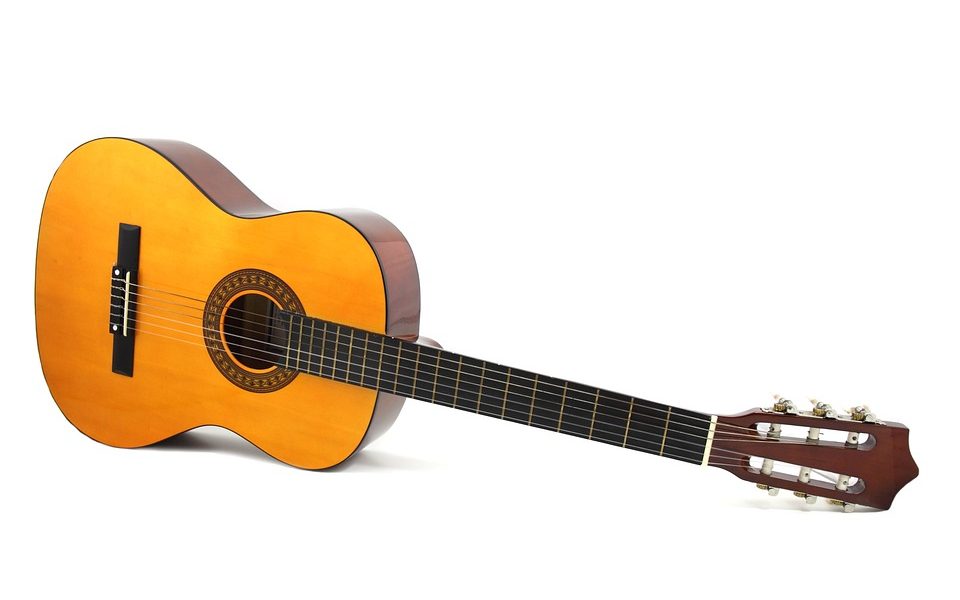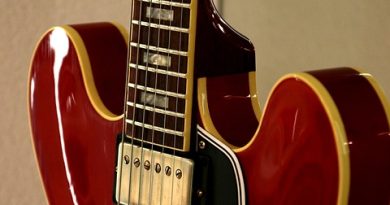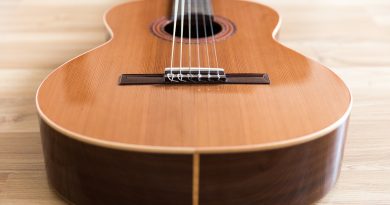Mastering Chord Transitions: Essential Guitar Tips for Smooth Playing
Mastering Chord Transitions: Essential Guitar Tips for Smooth Playing
As a guitarist, mastering chord transitions is crucial for achieving a smooth and seamless performance. Whether you’re playing rhythm or lead guitar, being able to switch between chords efficiently and effortlessly is essential for creating a polished and professional sound. In this article, we will discuss some essential tips and techniques for mastering chord transitions and improving your overall guitar playing.
1. Practice Slowly and Consistently
One of the most important tips for mastering chord transitions is to practice slowly and consistently. It’s tempting to try to play at full speed right away, but this can lead to sloppy and inaccurate playing. Instead, start by practicing each chord transition slowly and focus on getting each note to ring out clearly and cleanly. As you become more comfortable with the transition, gradually increase your speed until you can play it smoothly and accurately at full tempo.
2. Use a Metronome
A metronome is a valuable tool for improving your timing and accuracy when practicing chord transitions. Set the metronome to a comfortable pace and practice transitioning between chords in time with the beat. This will help you develop a sense of rhythm and ensure that you can smoothly switch between chords without missing a beat. As you become more proficient, gradually increase the tempo of the metronome to challenge yourself and improve your speed and dexterity.
3. Visualize the Fretboard
Another helpful technique for mastering chord transitions is to visualize the fretboard in your mind. Before making a chord change, take a moment to mentally map out the position of the next chord on the fretboard. This will help you anticipate where your fingers need to go and make the transition smoother and more efficient. As you practice, you will develop muscle memory that will make it easier to switch between chords without having to look at the fretboard.
4. Use Proper Finger Placement
Proper finger placement is essential for smooth and efficient chord transitions. When playing chords, make sure to place your fingers on the strings in the most comfortable and efficient positions. This will allow you to switch between chords quickly and accurately without having to reposition your fingers unnecessarily. Pay attention to the positioning of your fingers and practice transitioning between chords until you can do so effortlessly.
5. Practice Common Chord Progressions
Many songs use common chord progressions, such as the I-IV-V progression in major keys or the i-iv-V progression in minor keys. By practicing these common chord progressions, you will become more familiar with the transitions between chords and develop the muscle memory needed to play them smoothly and accurately. Focus on mastering these progressions, and you will see a significant improvement in your ability to switch between chords in any song.
6. Break Down Difficult Transitions
If you’re struggling with a particular chord transition, break it down into smaller, more manageable parts. Practice transitioning between individual pairs of chords that are part of the larger progression until you can do so smoothly and accurately. Then, gradually piece together the entire transition, focusing on the trouble spots until you can play it flawlessly. By breaking down difficult transitions into smaller parts, you can identify and address specific challenges and improve your overall playing.
7. Experiment with Different Fingerings
There are often multiple ways to finger a chord on the guitar, and experimenting with different fingerings can help you find the most comfortable and efficient way to play a particular chord transition. Try different fingerings for the same chord and see which one allows you to switch between chords most easily. By exploring different fingerings, you can find the ones that work best for you and improve your ability to transition between chords smoothly and seamlessly.
8. Play Along with Songs
One of the best ways to practice chord transitions is to play along with songs that feature the chords you are working on. Choose songs that have a variety of chord changes and play along with the recording, focusing on switching between chords in time with the music. Playing along with songs will help you develop a sense of timing and phrasing and allow you to practice transitioning between chords in a musical context. This will also help you build your repertoire and improve your overall playing skills.
In conclusion, mastering chord transitions is essential for achieving a smooth and professional guitar playing. By practicing slowly and consistently, using a metronome, visualizing the fretboard, using proper finger placement, practicing common chord progressions, breaking down difficult transitions, experimenting with different fingerings, and playing along with songs, you can improve your ability to switch between chords effortlessly and create a polished and professional sound. With dedication and practice, you can master chord transitions and take your guitar playing to the next level.






